Home>Gardening & Outdoor>Landscaping Ideas>Why To Put Straw On Grass Seed
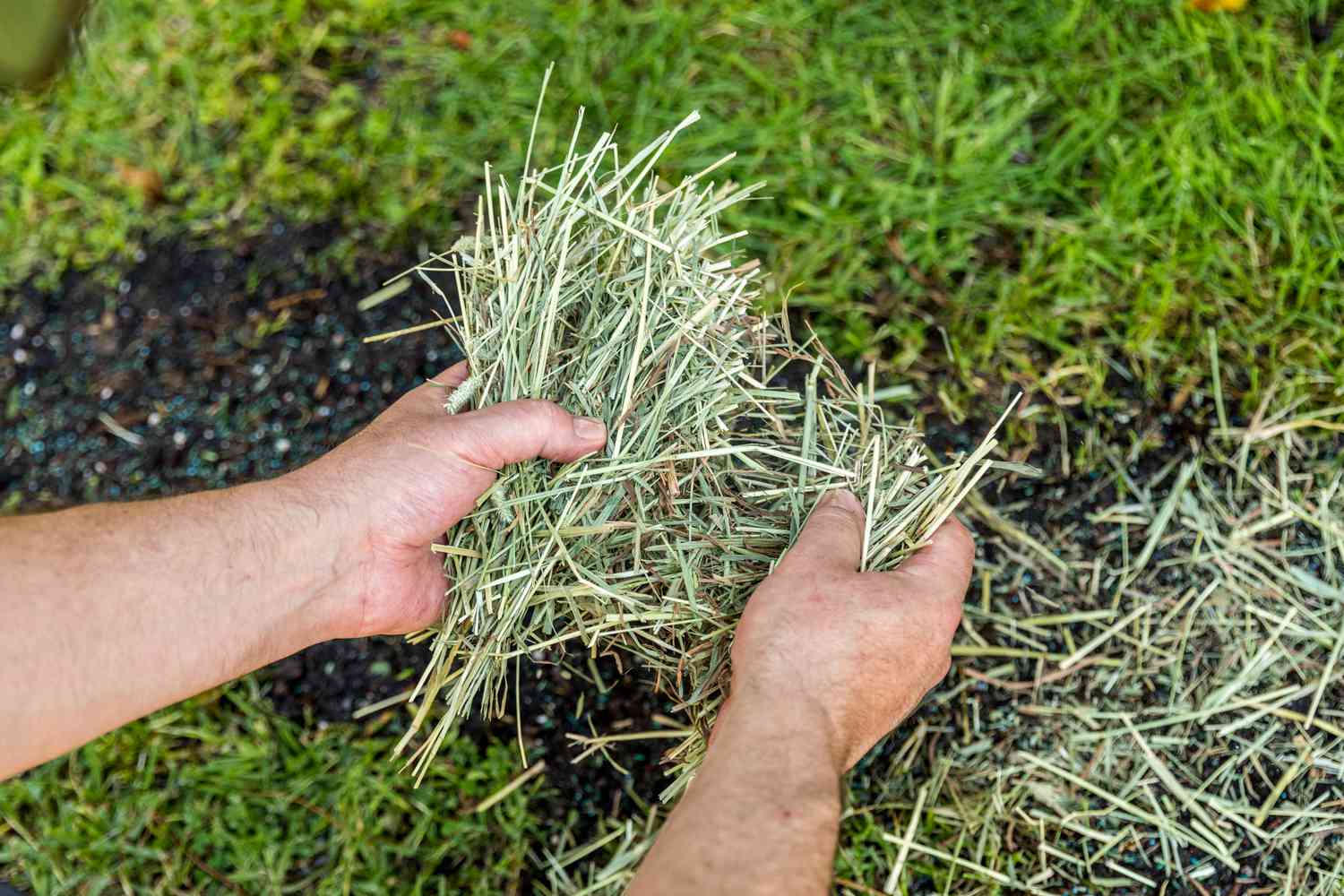

Landscaping Ideas
Why To Put Straw On Grass Seed
Modified: March 20, 2024
Discover the benefits of using straw to cover grass seed and improve your landscaping with these effective ideas. Find out how straw can enhance your lawn growth and maintenance.
(Many of the links in this article redirect to a specific reviewed product. Your purchase of these products through affiliate links helps to generate commission for Storables.com, at no extra cost. Learn more)
Introduction
Read more: Why Is Straw Put Over Grass Seed
Introduction
When it comes to nurturing a lush, healthy lawn, the process of seeding is a crucial step. However, simply scattering grass seed over the soil isn't always enough to ensure successful germination and growth. This is where the practice of using straw on grass seed comes into play. While it might seem like a simple and traditional approach, laying straw over newly seeded areas can offer a range of benefits that significantly contribute to the overall success of the seeding process.
The use of straw serves various purposes, from protecting the seeds and soil to promoting optimal growing conditions. Understanding the advantages of this practice, as well as the best methods for its application, can empower homeowners and landscaping enthusiasts to achieve the vibrant, verdant lawn they desire. In this comprehensive guide, we will delve into the benefits of using straw on grass seed, explore the various types of straw suitable for this purpose, and provide essential tips for its effective application. Whether you're a seasoned gardener or a novice homeowner looking to elevate your lawn care regimen, this article will equip you with the knowledge and insights needed to make the most of this time-honored landscaping technique.
Key Takeaways:
- Using straw on grass seed helps retain moisture, control erosion, regulate temperature, suppress weeds, and enhance germination, leading to a healthier and more vibrant lawn.
- When applying straw to grass seed, choose high-quality straw, monitor moisture levels, ensure proper coverage, consider nutrient needs, and plan for eventual decomposition to maximize its benefits.
Benefits of Using Straw on Grass Seed
Applying straw to newly seeded areas offers a myriad of benefits that can significantly enhance the success of the germination and establishment process. Understanding these advantages can shed light on the importance of this practice and how it can contribute to the overall health and vibrancy of your lawn.
1. Moisture Retention:
- Straw acts as a protective barrier, helping to retain moisture in the soil and around the grass seeds. By preventing rapid evaporation, the straw creates a conducive environment for germination and early growth, ensuring that the seeds remain adequately hydrated.
2. Erosion Control:
- During the vulnerable germination phase, grass seeds and the underlying soil can be susceptible to erosion caused by wind and water. The layer of straw serves as a protective shield, minimizing the risk of soil displacement and nutrient loss, thus providing stability for the developing grass.
3. Temperature Regulation:
- Straw helps moderate soil temperatures, shielding the seeds from extreme heat or cold. This insulation effect creates a more stable and favorable environment for germination and root establishment, ultimately fostering healthier and more resilient grass growth.
4. Weed Suppression:
- By covering the seeded area, straw impedes the germination and growth of weed seeds. This natural weed-suppressing effect reduces competition for resources and gives the grass seeds a better chance to thrive without being overshadowed by invasive plants.
5. Protection from Birds and Pests:
- The layer of straw acts as a deterrent against birds and small pests that may feed on grass seeds. By providing a physical barrier, it minimizes the risk of seed consumption, increasing the likelihood of successful germination and establishment.
6. Enhanced Germination:
- Overall, the combination of moisture retention, protection, and insulation provided by straw creates optimal conditions for seed germination. This can lead to more uniform and robust grass growth, setting the stage for a healthier and more resilient lawn.
Understanding these benefits underscores the valuable role that straw can play in nurturing the growth of newly seeded grass, making it a time-tested and beneficial practice in lawn care and landscaping.
How to Apply Straw to Grass Seed
Applying straw to grass seed involves a systematic approach to ensure optimal coverage and effectiveness. By following these steps, you can effectively incorporate straw into your lawn care regimen and set the stage for successful grass seed germination and growth.
1. Prepare the Seeded Area:
- Begin by evenly distributing the grass seed over the designated area, following the recommended seeding rate for the specific grass species. Ensure that the soil is adequately prepared, free of debris, and gently raked to create a level surface for the seed application.
2. Select High-Quality Straw:
- Choose clean, weed-free straw from a reputable source. Wheat straw and barley straw are popular options due to their availability and effectiveness in promoting seed germination. Avoid using hay, as it contains seeds that can lead to unwanted plant growth in the seeded area.
3. Apply a Thin Layer of Straw:
- Using a pitchfork or by hand, distribute a thin layer of straw over the seeded area. Aim for coverage that allows some sunlight to penetrate while providing ample protection and insulation for the seeds. Avoid creating a dense mat of straw, as this can hinder seed emergence and growth.
4. Water the Seeded Area:
- After applying the straw, gently water the seeded area to help settle the straw in place and initiate the germination process. Use a fine mist setting to prevent displacement of the straw and ensure that the seeds remain undisturbed beneath the protective layer.
5. Monitor Moisture Levels:
- Regularly check the moisture levels in the seeded area to ensure that the soil remains adequately hydrated. The straw helps retain moisture, but supplemental watering may be necessary, especially during dry or windy conditions, to support optimal germination and early growth.
6. Adjust Coverage as Needed:
- Monitor the progress of seed germination and grass growth. If necessary, adjust the coverage of straw to allow emerging seedlings to receive sufficient sunlight and airflow while still benefiting from the protective properties of the straw layer.
By following these steps, you can effectively apply straw to grass seed, providing the essential support and protection needed for successful seed germination and the establishment of a healthy, vibrant lawn.
Types of Straw to Use
When it comes to selecting the most suitable straw for enhancing grass seed germination and growth, several options offer unique qualities and benefits. Understanding the characteristics of different types of straw can help you make an informed choice that aligns with the specific needs of your lawn and landscaping project.
1. Wheat Straw:
- Wheat straw is a popular choice for covering grass seed due to its widespread availability and affordability. It provides effective insulation and moisture retention, creating an optimal environment for seed germination and early growth. Additionally, wheat straw is known for its durability, offering lasting protection for the developing grass.
2. Barley Straw:
- Similar to wheat straw, barley straw is valued for its ability to retain moisture and protect grass seed from environmental stressors. It is often preferred for its fine texture and light color, which can contribute to a visually appealing appearance when used as a covering for newly seeded areas.
3. Rice Straw:
- Rice straw is prized for its high silica content, which enhances its durability and resistance to decomposition. This makes it a suitable choice for areas where a longer-lasting straw cover is desired. Additionally, rice straw’s natural repellent properties against certain pests and fungi can provide added protection for grass seed during the critical germination phase.
4. Oat Straw:
- Oat straw offers excellent coverage and moisture retention capabilities, making it a valuable option for promoting successful grass seed germination. Its moderate texture and light color contribute to its appeal as a protective and visually pleasing covering for newly seeded areas.
5. Rye Straw:
- Rye straw is known for its strength and resilience, making it a reliable choice for protecting grass seed from external elements and promoting a conducive environment for germination. Its robust nature allows it to withstand various weather conditions, providing lasting support for the establishment of healthy grass.
When selecting straw for covering grass seed, it’s essential to prioritize cleanliness and freedom from weed seeds to prevent unwanted plant growth in the seeded area. Additionally, consider the specific characteristics and benefits of each type of straw to choose the most suitable option for your lawn care needs.
Tip: Putting straw on grass seed helps retain moisture, protect the seeds from birds, and promote germination. It also helps prevent erosion and keeps the soil warm.
Read more: Why Do You Put Straw On Grass Seed
Precautions and Considerations
While using straw on grass seed can offer numerous benefits, it’s important to be mindful of certain precautions and considerations to ensure optimal results and avoid potential issues. By taking these factors into account, you can maximize the effectiveness of straw application and support the successful germination and establishment of your grass seed.
1. Weed Seed Content:
- When choosing straw for covering grass seed, it’s crucial to select a type that is free of weed seeds. Contaminated straw can introduce unwanted plants to the seeded area, leading to competition for resources and potential issues with invasive species. Prioritize clean, weed-free straw to avoid these complications.
2. Moisture Monitoring:
- While straw helps retain moisture, it’s essential to monitor the moisture levels in the seeded area regularly. Overly wet conditions can promote fungal growth and hinder seed germination, while excessively dry soil can impede the emergence of grass seedlings. Strike a balance by adjusting watering based on the specific needs of the grass seed and the prevailing weather conditions.
3. Proper Coverage:
- Applying an excessive amount of straw can impede the emergence of grass seedlings and limit sunlight penetration. Aim for a thin, uniform layer that provides protection and insulation while allowing adequate airflow and light for the developing seeds. Adjust the coverage as needed to accommodate the growth of emerging seedlings.
4. Nutrient Considerations:
- While straw can offer protective benefits, it’s important to ensure that the underlying soil contains the necessary nutrients to support healthy grass growth. Consider supplementing the soil with organic matter or fertilizers as needed to provide essential nutrients for the developing grass, especially in areas with nutrient-poor soil.
5. Removal and Decomposition:
- As the grass seedlings establish and the lawn matures, the straw covering will naturally decompose over time. Consider the eventual breakdown of the straw and its integration into the soil when planning for future lawn care activities. In some cases, you may need to remove residual straw to prevent it from impeding the growth of the established grass.
By being mindful of these precautions and considerations, you can ensure that the use of straw on grass seed contributes to the successful germination and development of a healthy, vibrant lawn, while minimizing potential challenges and complications along the way.
Conclusion
Incorporating straw into the grass seeding process can be a game-changer in nurturing a thriving and resilient lawn. The benefits of using straw, such as moisture retention, erosion control, temperature regulation, weed suppression, and enhanced germination, underscore its valuable role in promoting successful grass seed establishment. By providing a protective and conducive environment for seed germination and early growth, straw serves as a time-tested ally in the quest for a vibrant and healthy lawn.
When applying straw to grass seed, it’s essential to select high-quality straw and ensure proper coverage while being mindful of potential considerations such as weed seed content, moisture monitoring, nutrient considerations, and eventual removal or decomposition. By approaching the process with care and attention to detail, homeowners and landscaping enthusiasts can harness the full potential of straw in supporting the growth of newly seeded grass, setting the stage for a lush and resilient lawn.
As you embark on your lawn care journey, consider the valuable role that straw can play in nurturing the grass seed and creating an optimal environment for successful germination and growth. Whether you’re revitalizing an existing lawn or establishing a new one, the thoughtful application of straw can make a significant difference in the health and vibrancy of your outdoor space.
By understanding the benefits, best practices, and considerations associated with using straw on grass seed, you are equipped to elevate your lawn care efforts and cultivate a lush, verdant landscape that serves as a source of pride and enjoyment for years to come.
Frequently Asked Questions about Why To Put Straw On Grass Seed
Was this page helpful?
At Storables.com, we guarantee accurate and reliable information. Our content, validated by Expert Board Contributors, is crafted following stringent Editorial Policies. We're committed to providing you with well-researched, expert-backed insights for all your informational needs.
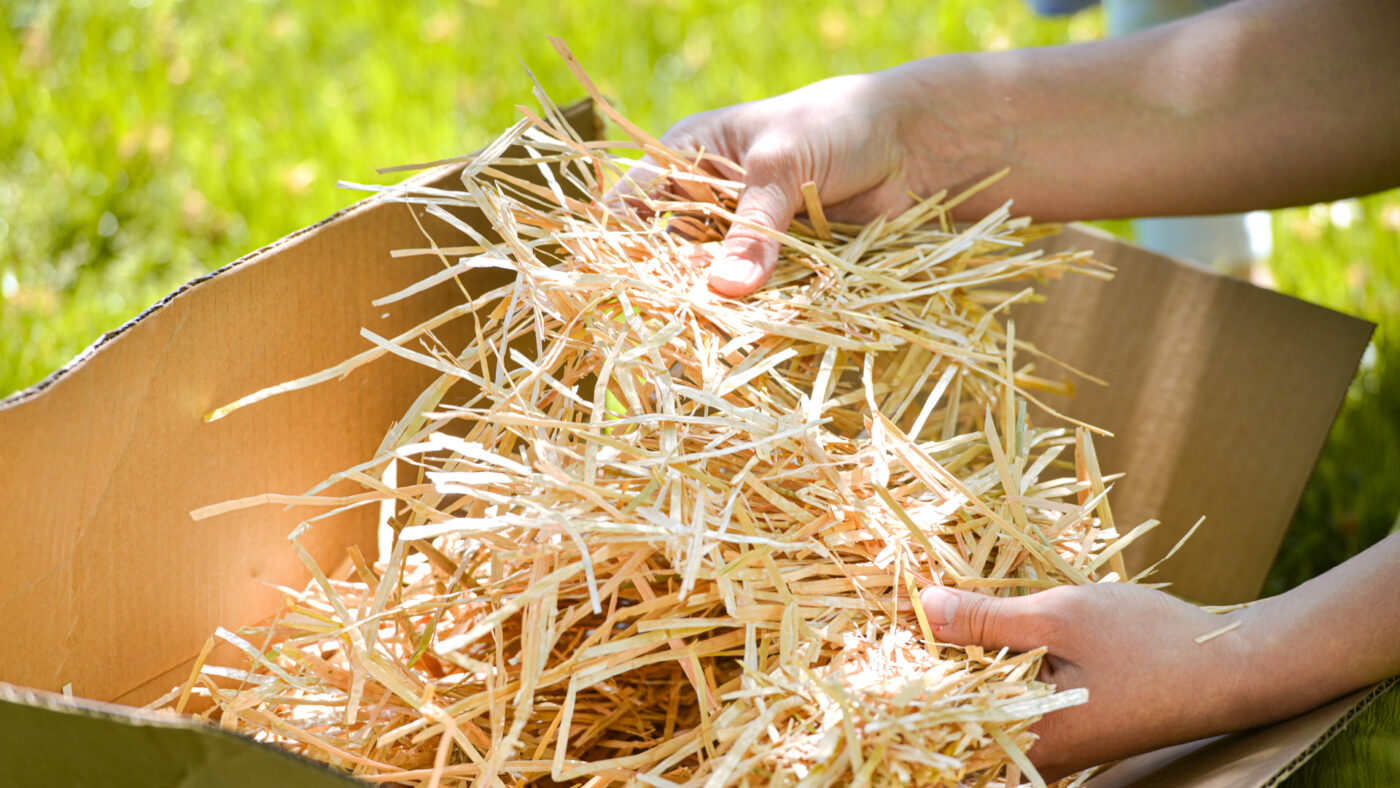
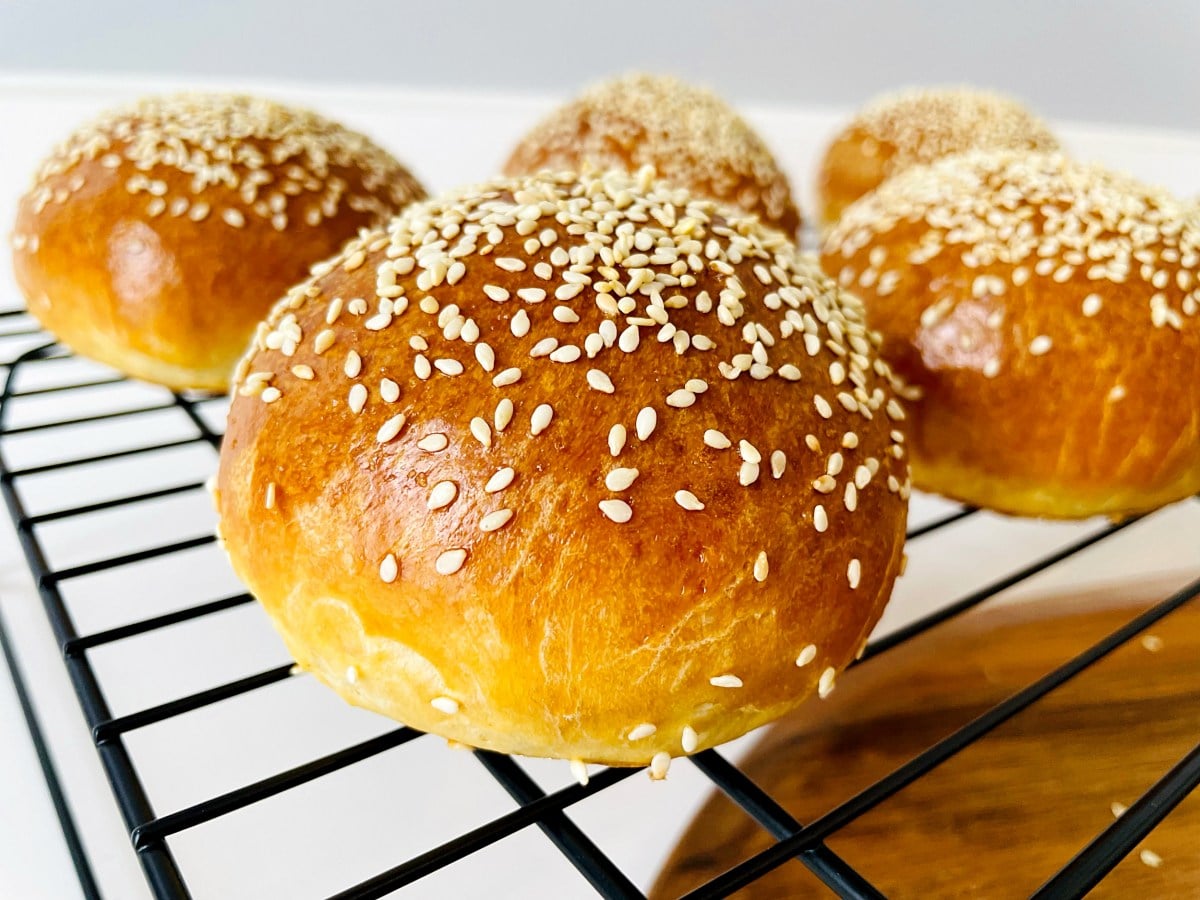
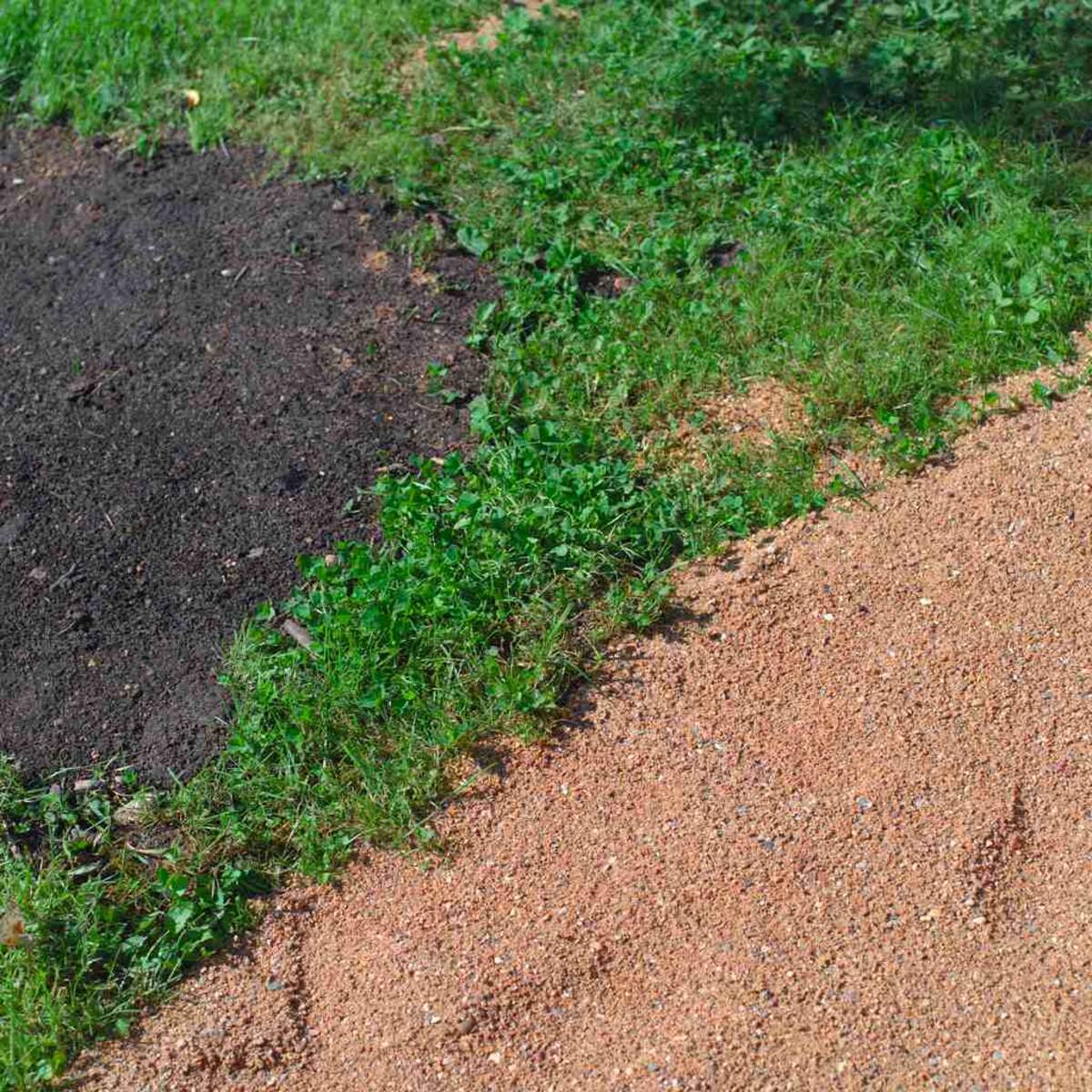
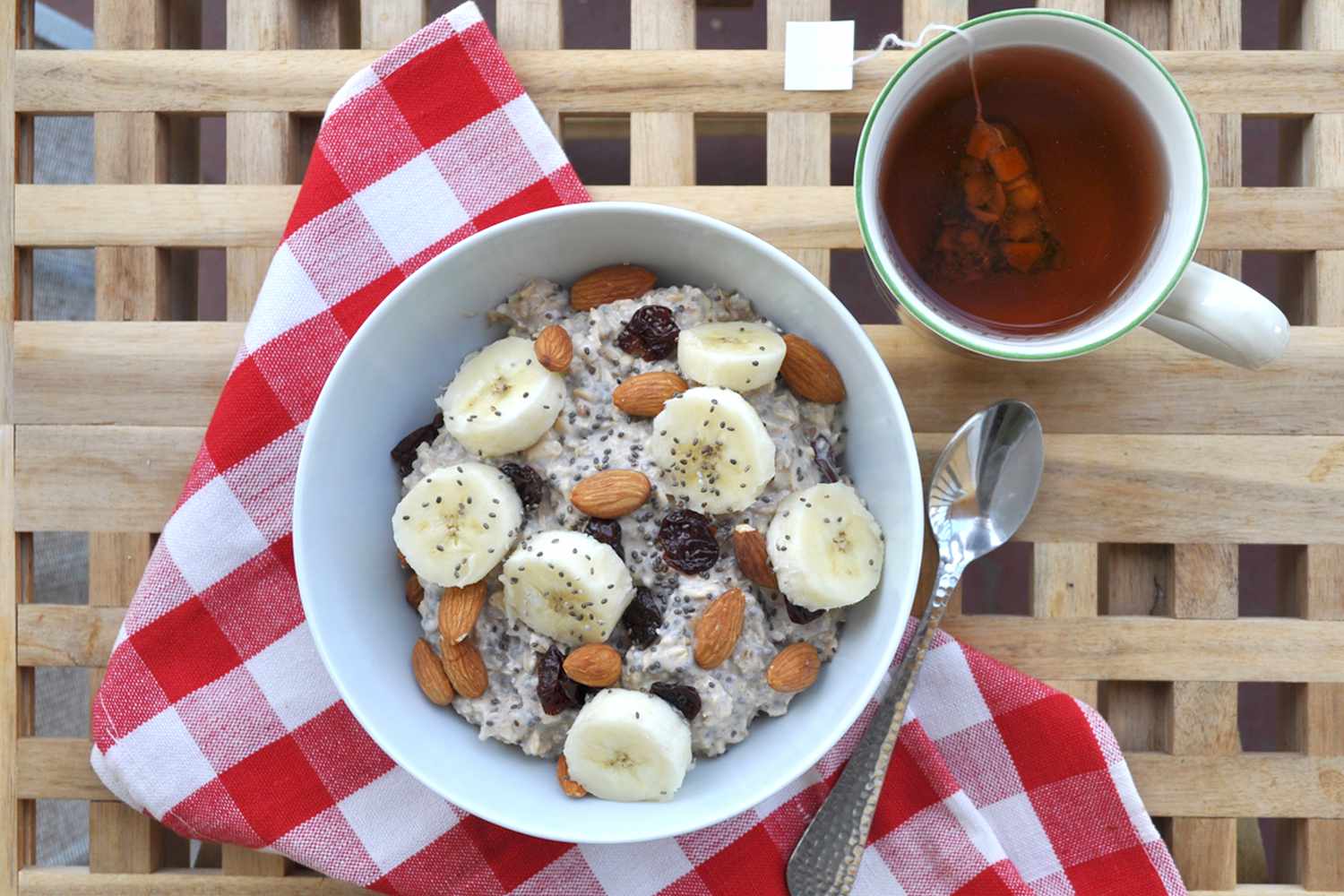
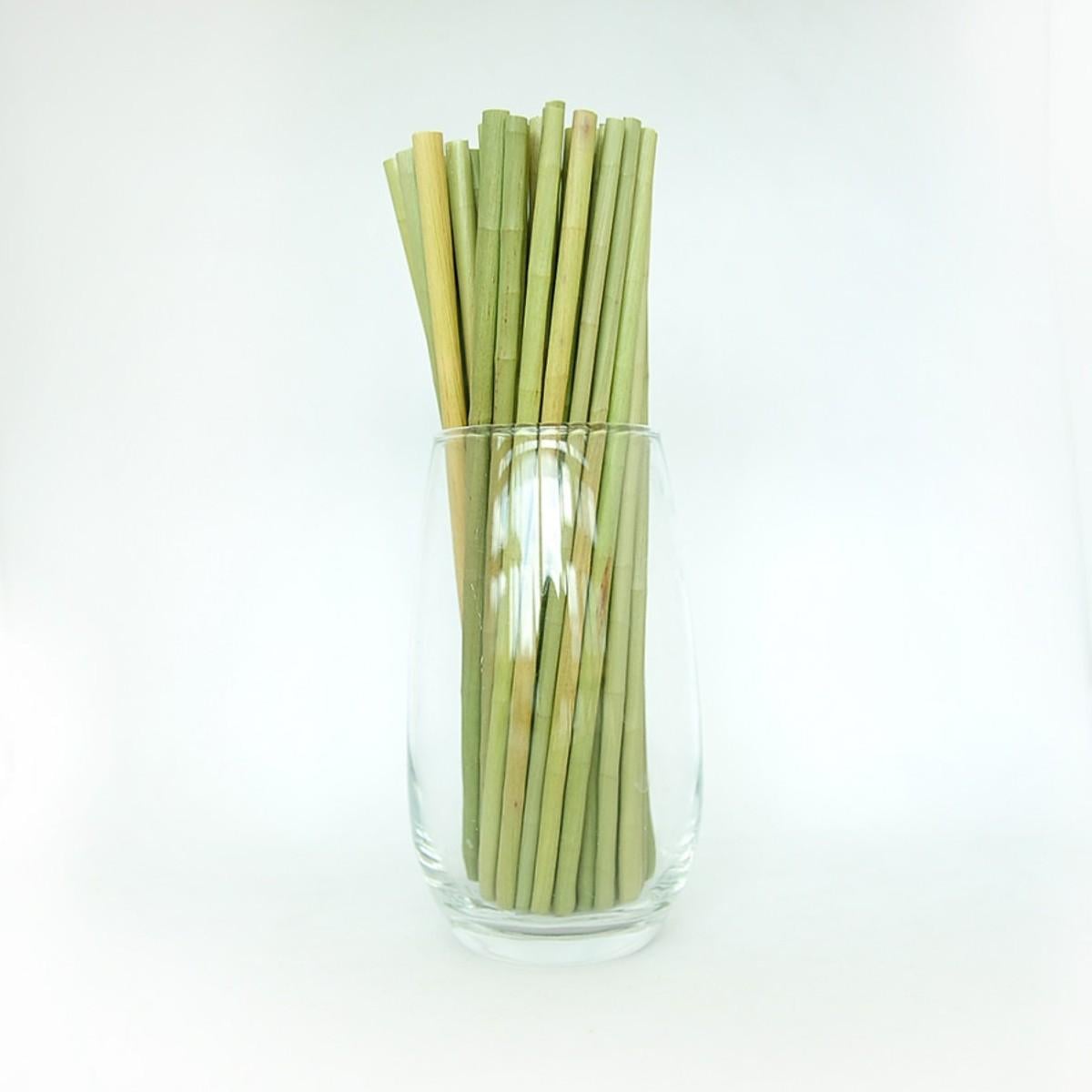
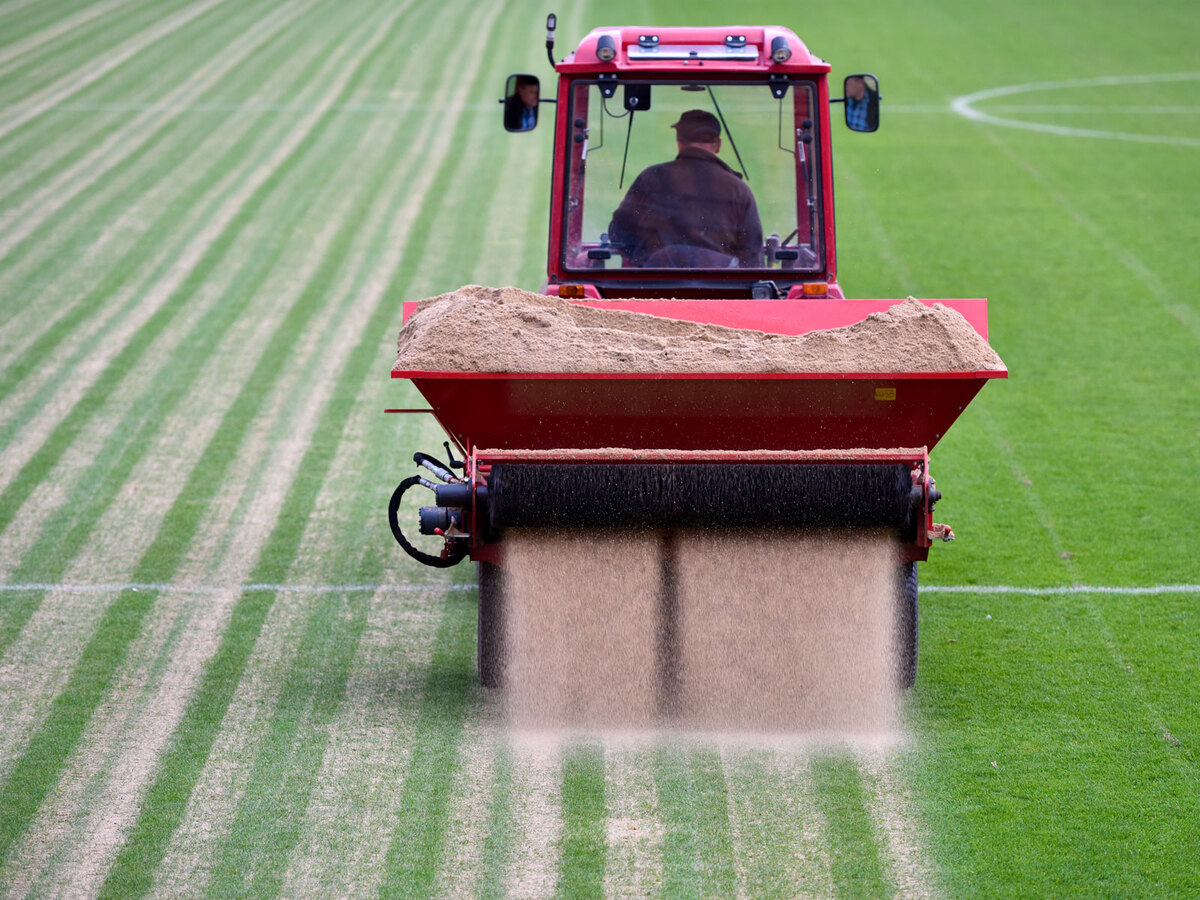
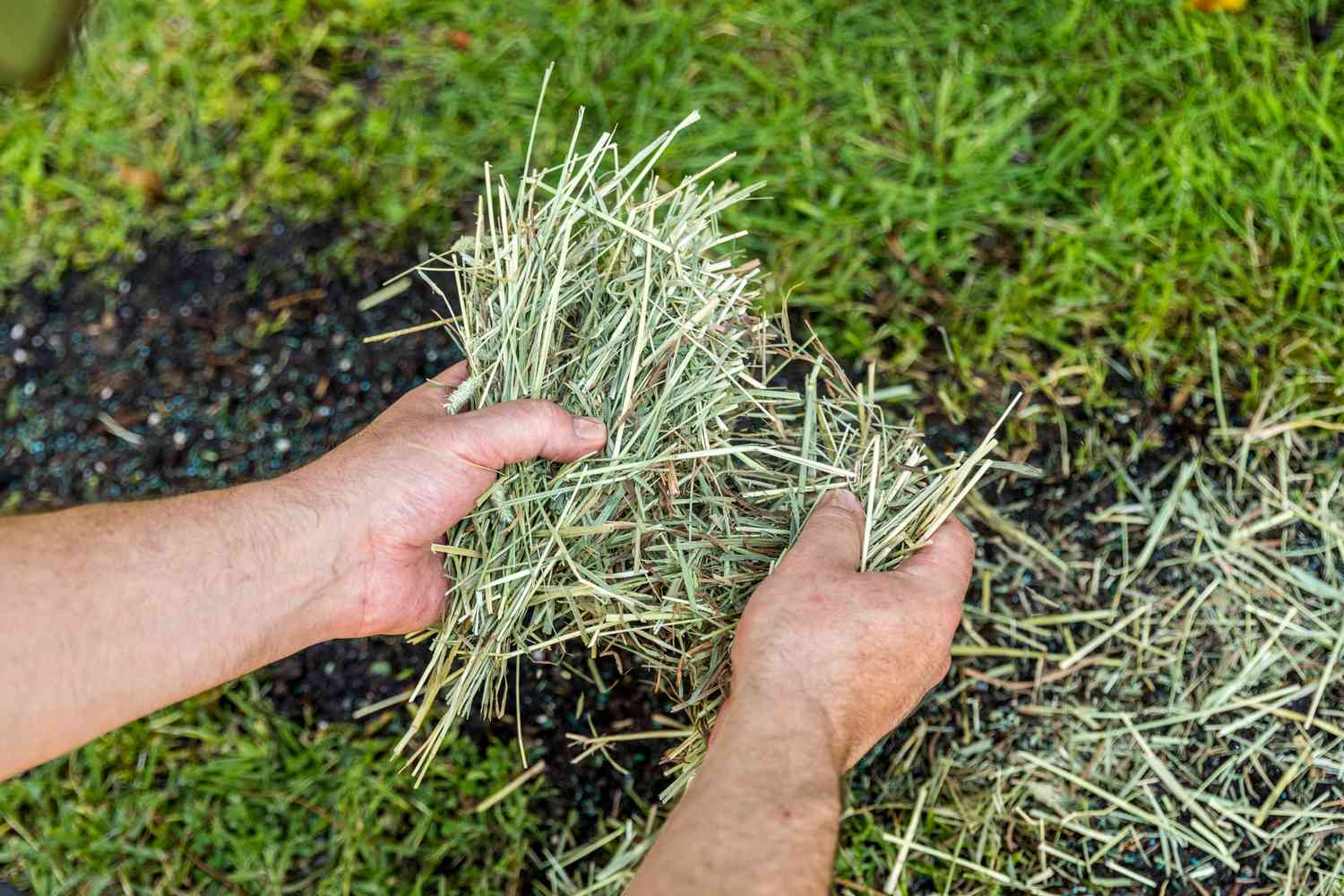
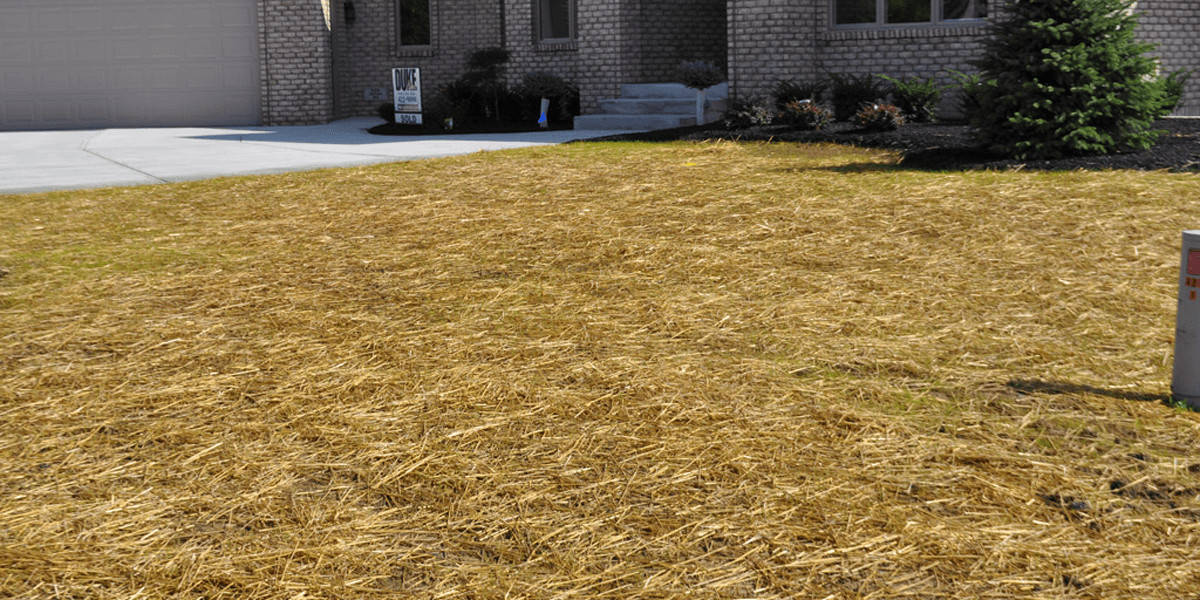
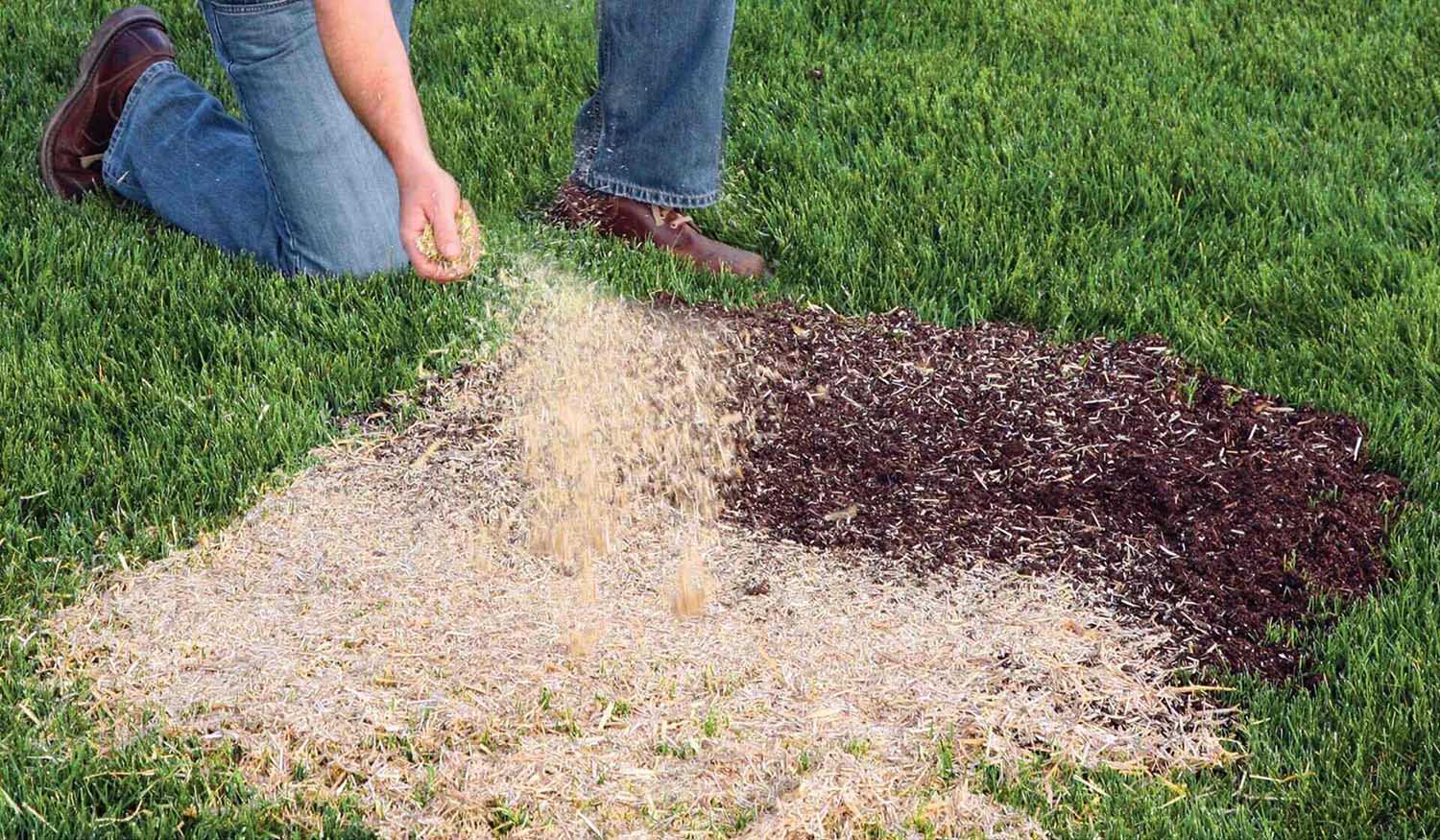
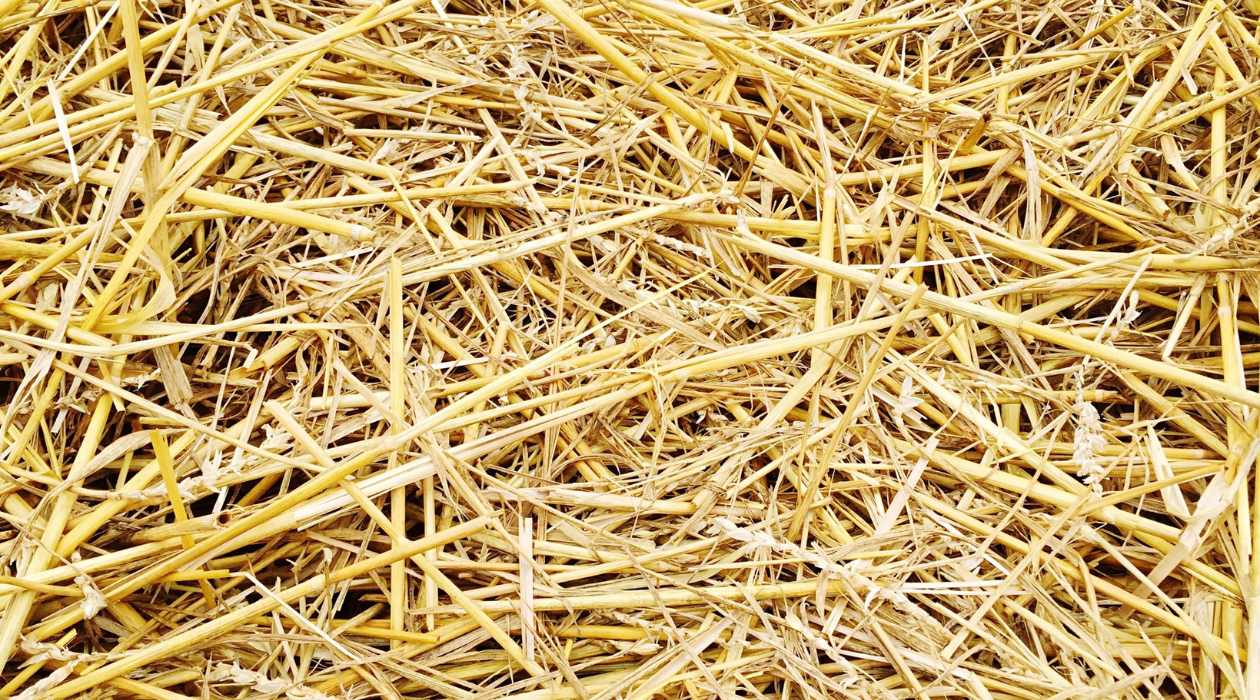
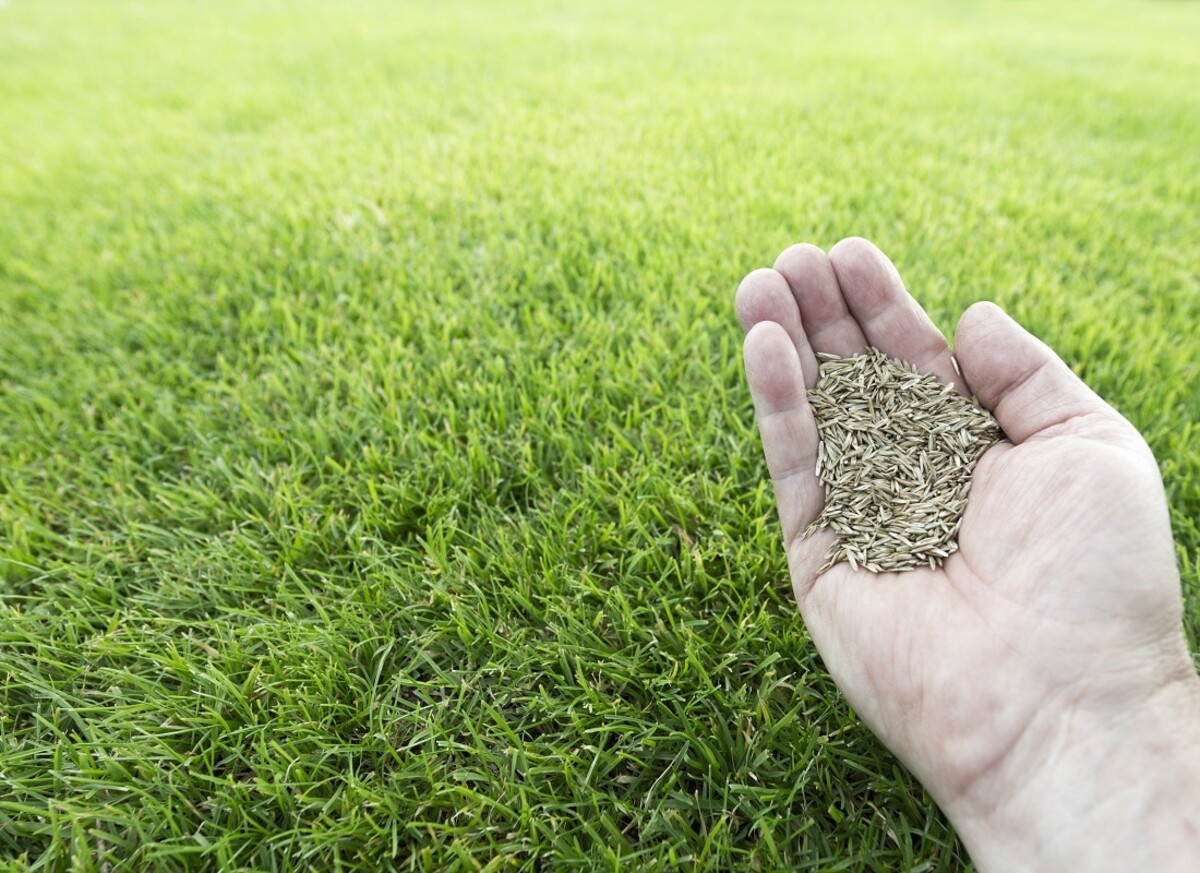
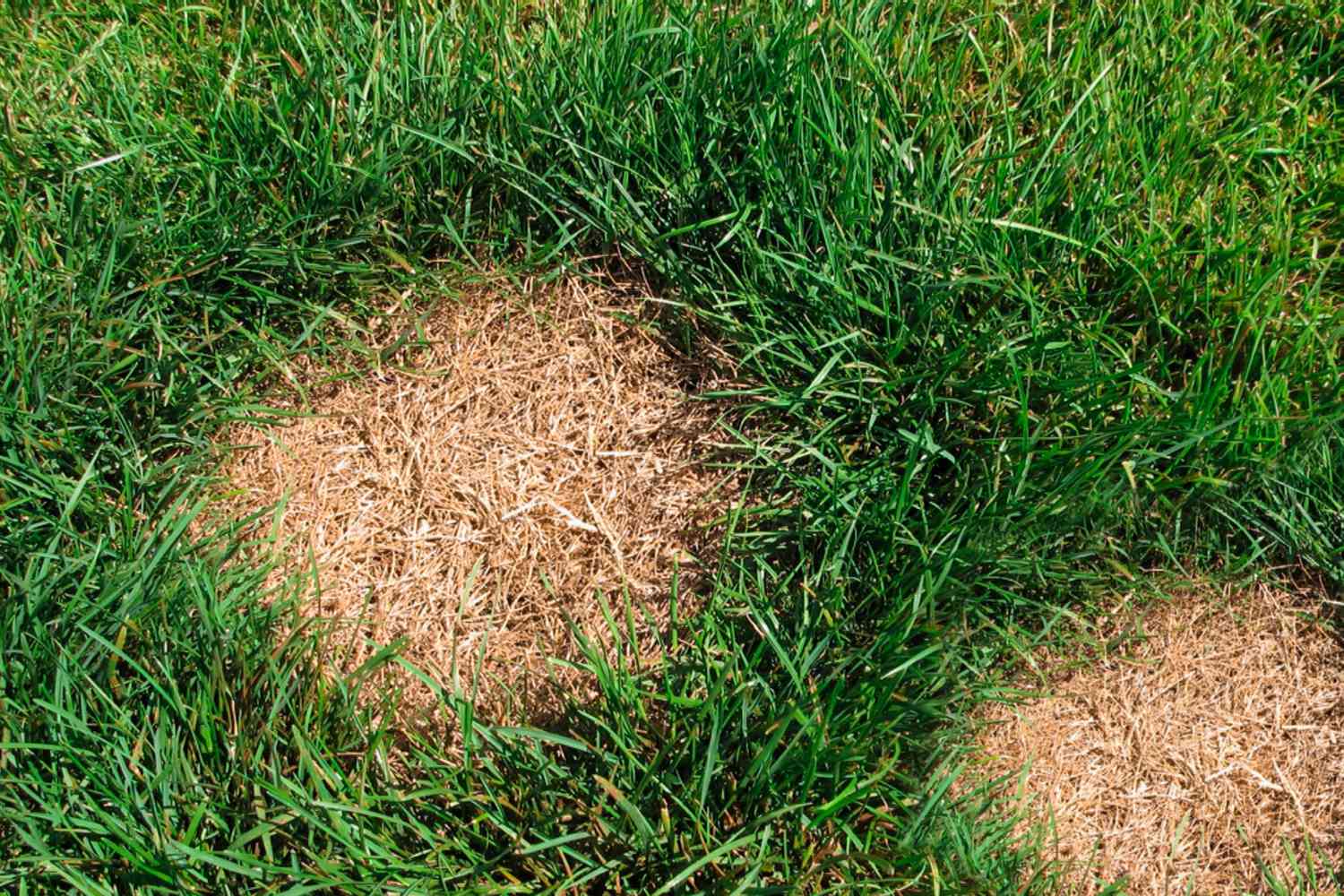
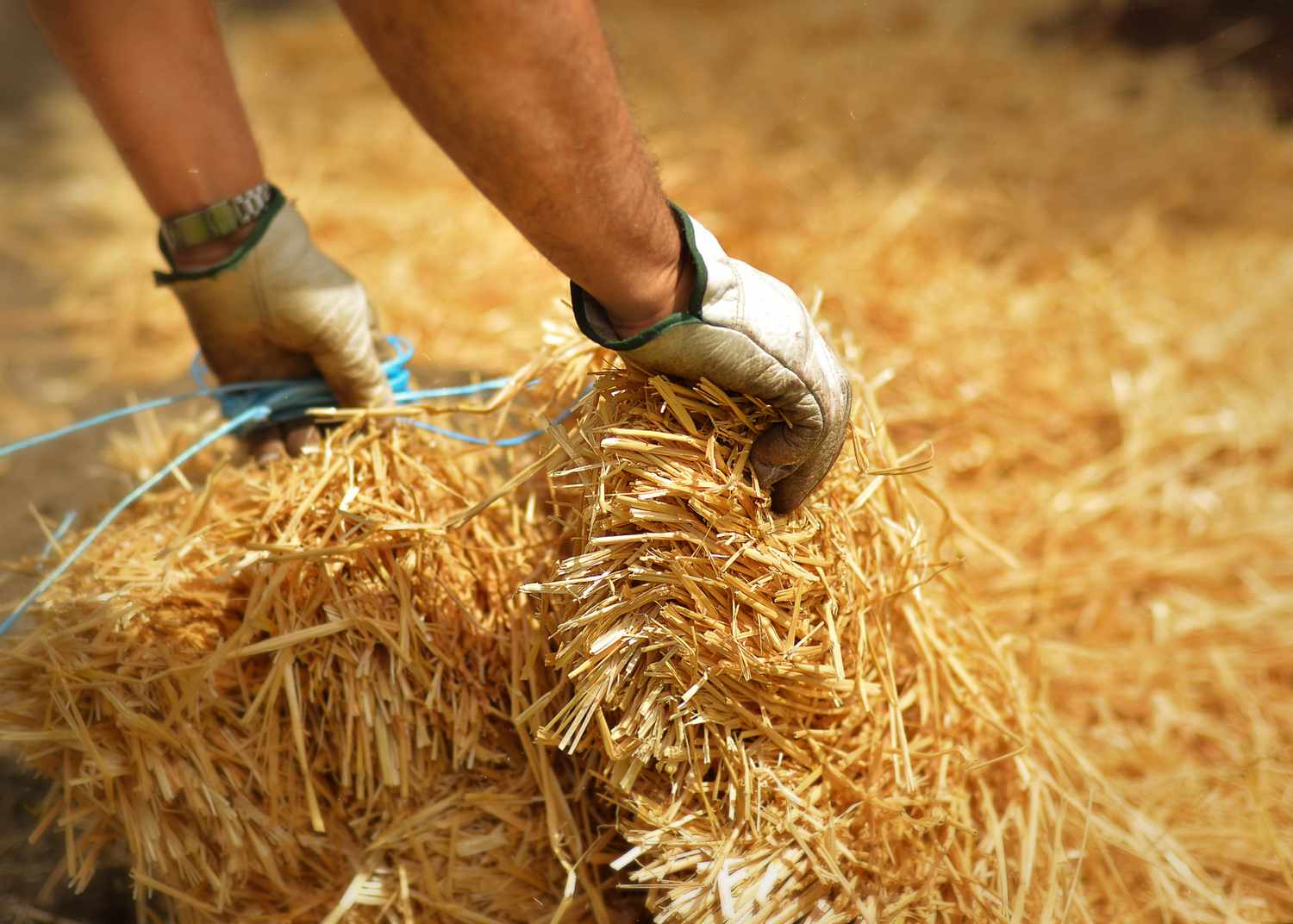
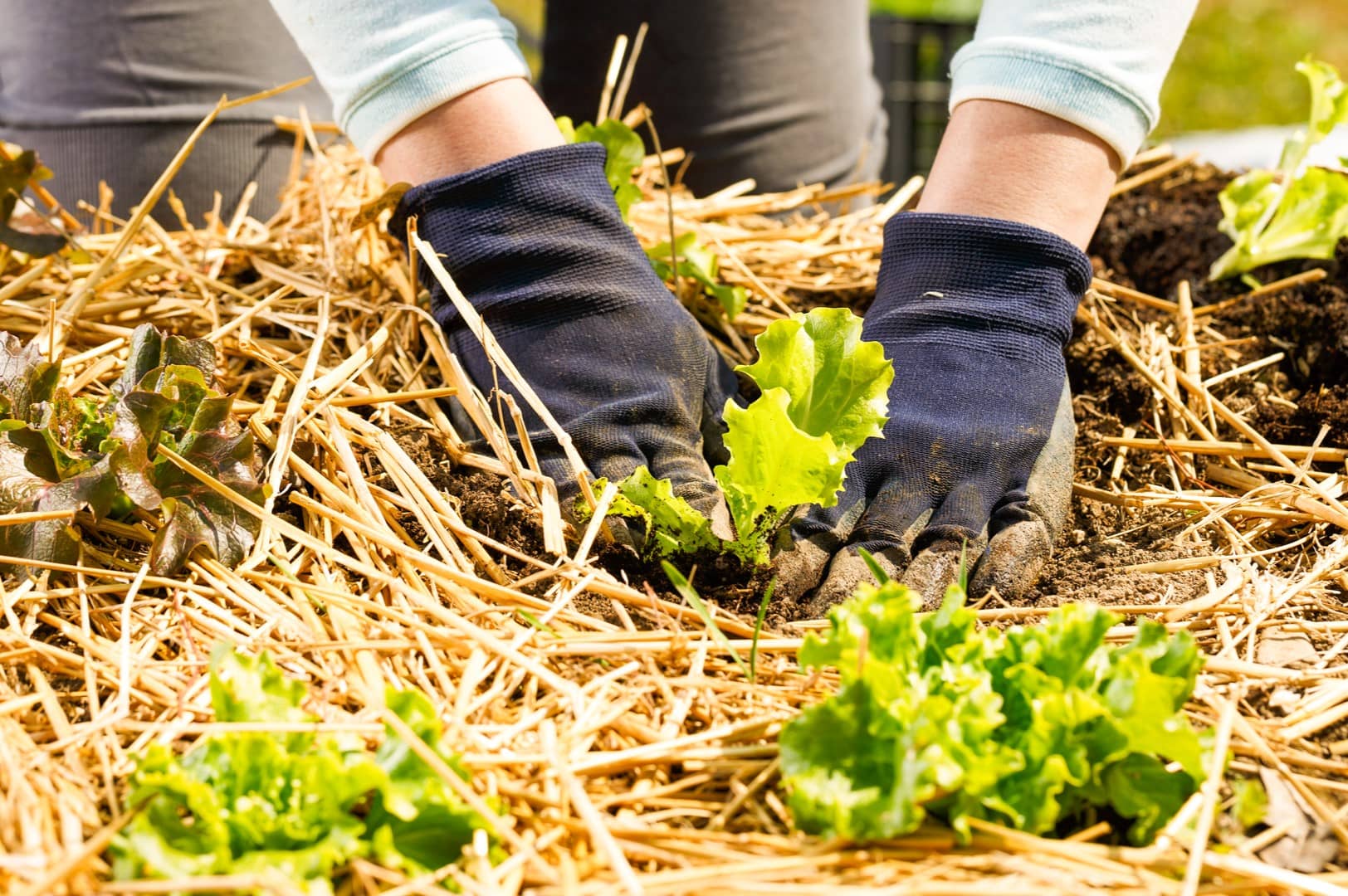

0 thoughts on “Why To Put Straw On Grass Seed”